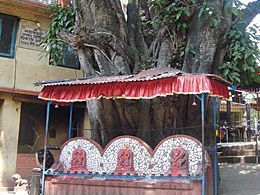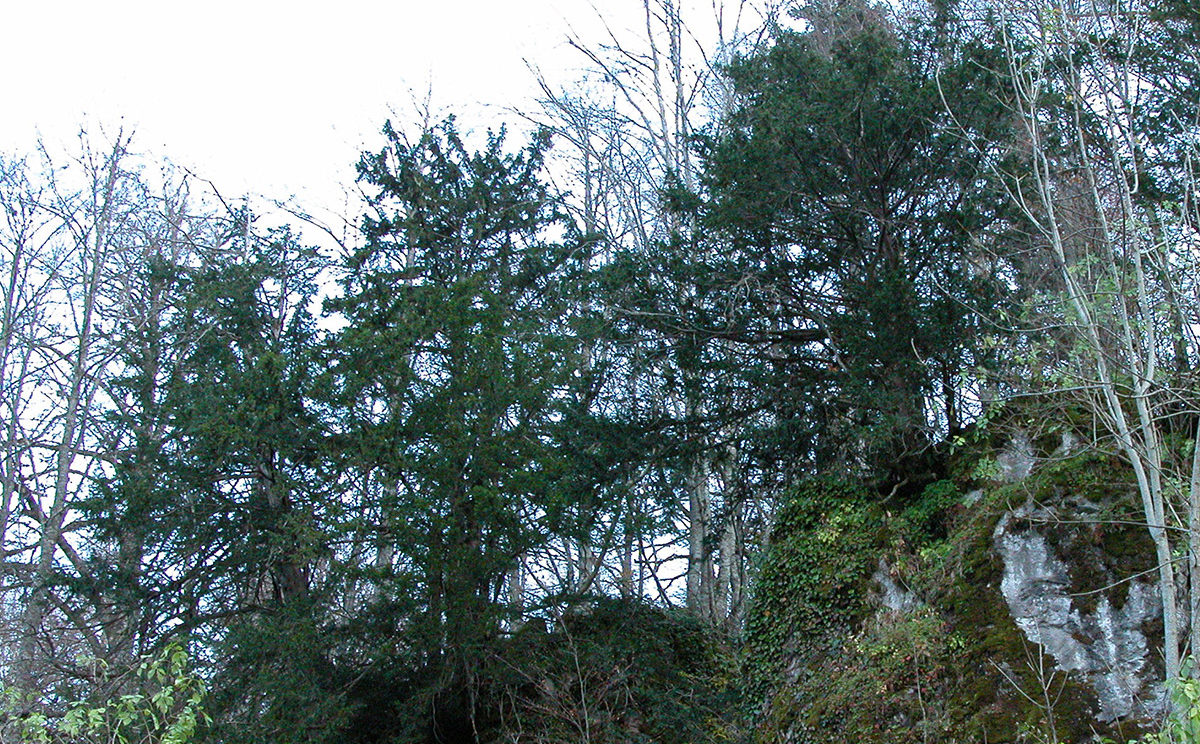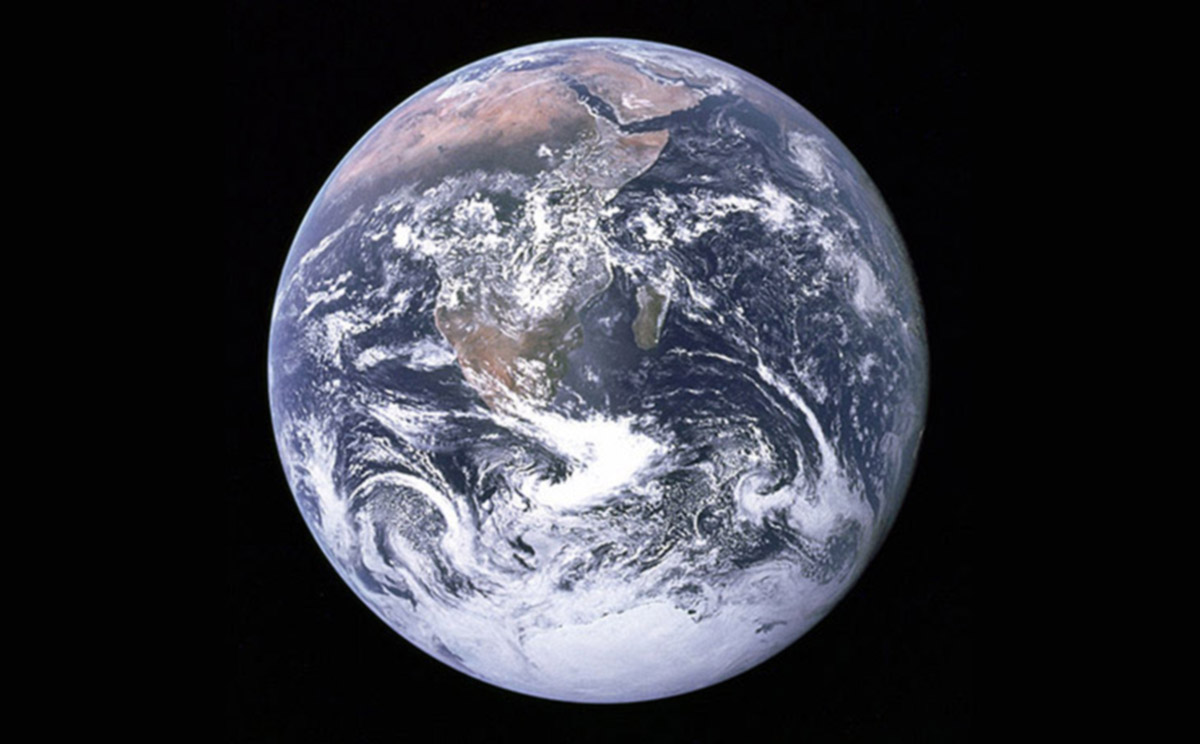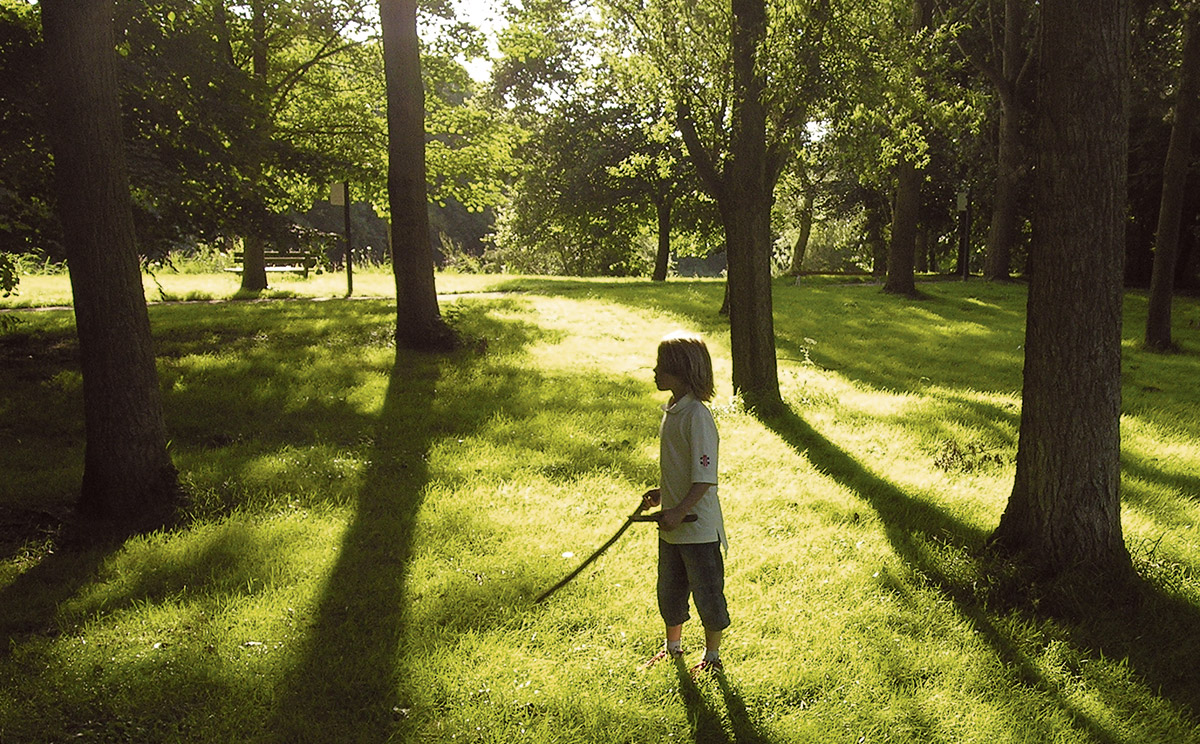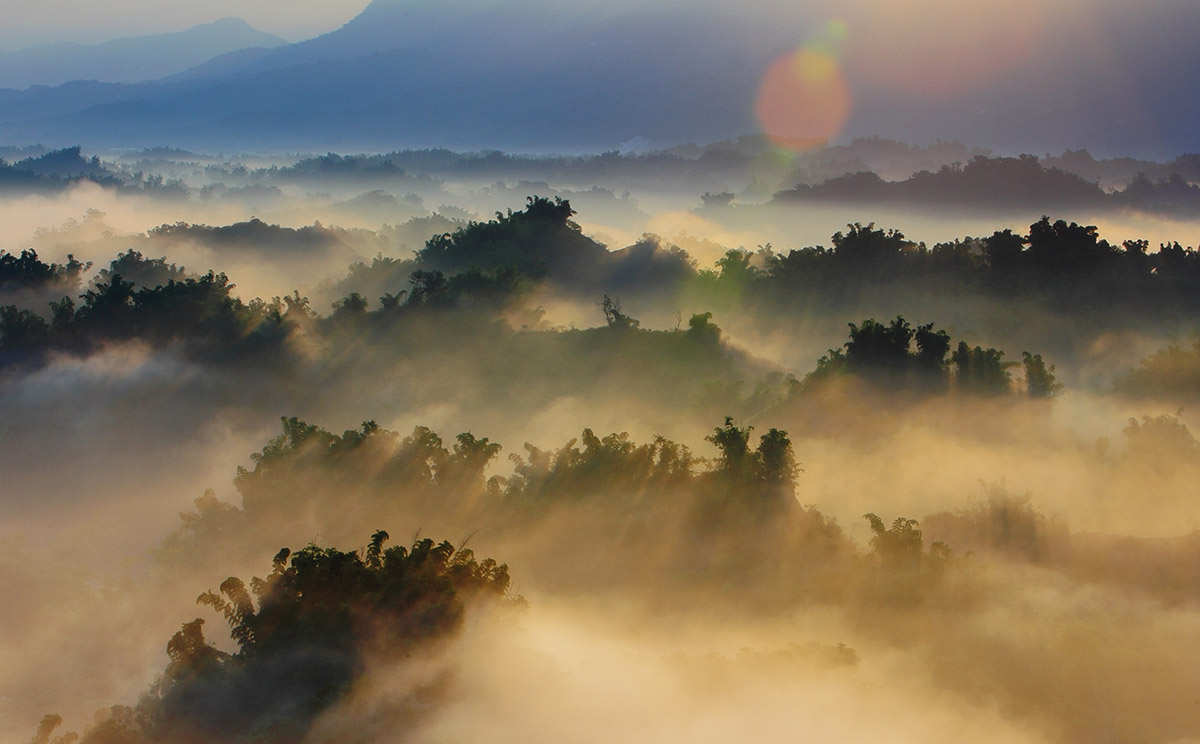Sacred Site to be recognised term
Sept 2003
WWF International and the Alliance of Religions and Conservation (ARC) are launching a programme to designate ‘sacred site’ an internationally recognised term, hoping to give additional protection to the world’s environmentally important (but often threatened) sacred places such as mountains, forests, rivers and pilgrimage routes.
To declare a place or an area as sacred (= untouchable, taboo) is the oldest method of habitat protection on the planet, yet these biological and cultural treasures are under threat — as are their appointed guardians who, in fulfilling their tasks, have been following millennia-old traditions. Around the world there are still thousands of places regarded as sacred. Some are carefully guarded by indigenous people and are places for ceremony and prayer, others are national shrines known to millions.
The concept of a sacred place, a sacred natural site, is deeply understood by indigenous people all over the world. Only in Europe this old ecological wisdom got lost when Christian missionaries began in the fourth century to destroy sacred sites all over Europe and the Near East. This was a fatal blow to the ancient type of ecology inherent in human beings because it broke people’s living relationship with the land they lived on and replaced it with an assumption that the deconsecrated Earth can be mistreated and exploited. The rest is history – and accelerated global warming.
It seems that for humanity, in order to behave not self-destructively but in an ecologically sound way, the sacred needs to have a place in the psyche.
Words have power. The term ‘sacred land’ makes us stop and think. We recognize that the Earth and the many gifts of the planet that sustain all our lives cannot be taken for granted. It reminds us that all cultures have, or used to have, traditions and ceremonies to give thanks to the land, to express gratitude, respect and joy. Everywhere, the term ‘sacred’ also meant that the grove or spring or mountain named such was dedicated to Spirit or God, and taboo for development or exploitation of any kind.
To launch this term into the international discussion, to reconstitute its social acceptance (in Christian countries) and make it legally recognised is an important step to advance the protection of many ecotopes and the indigenous groups that guard them.
Moreover, it is a long-overdue step for the rich countries (‘the white man’) to respect the different world view of traditional communities and tribal peoples.
source: ARC
string: Mapping sacred sites for their protection, Protecting sacred natural sites worldwide
For research: ARC’s Sacred Land Project
For action today: The Sacred Land Project (UK)
